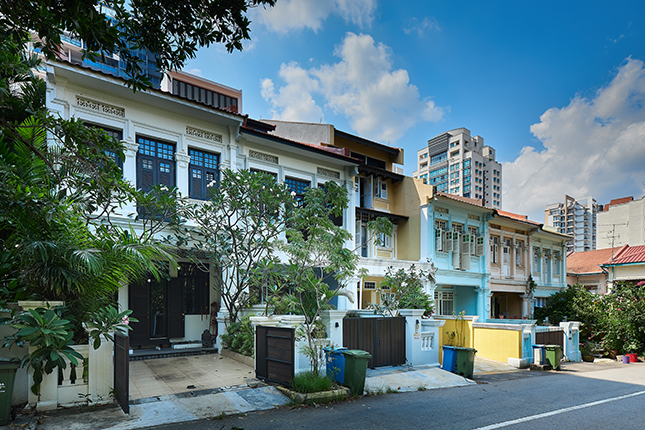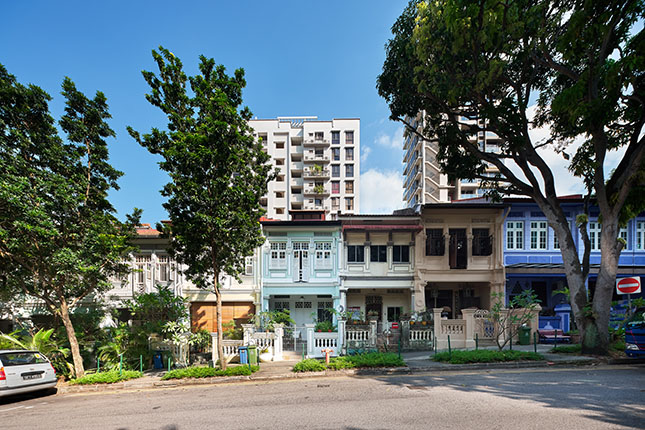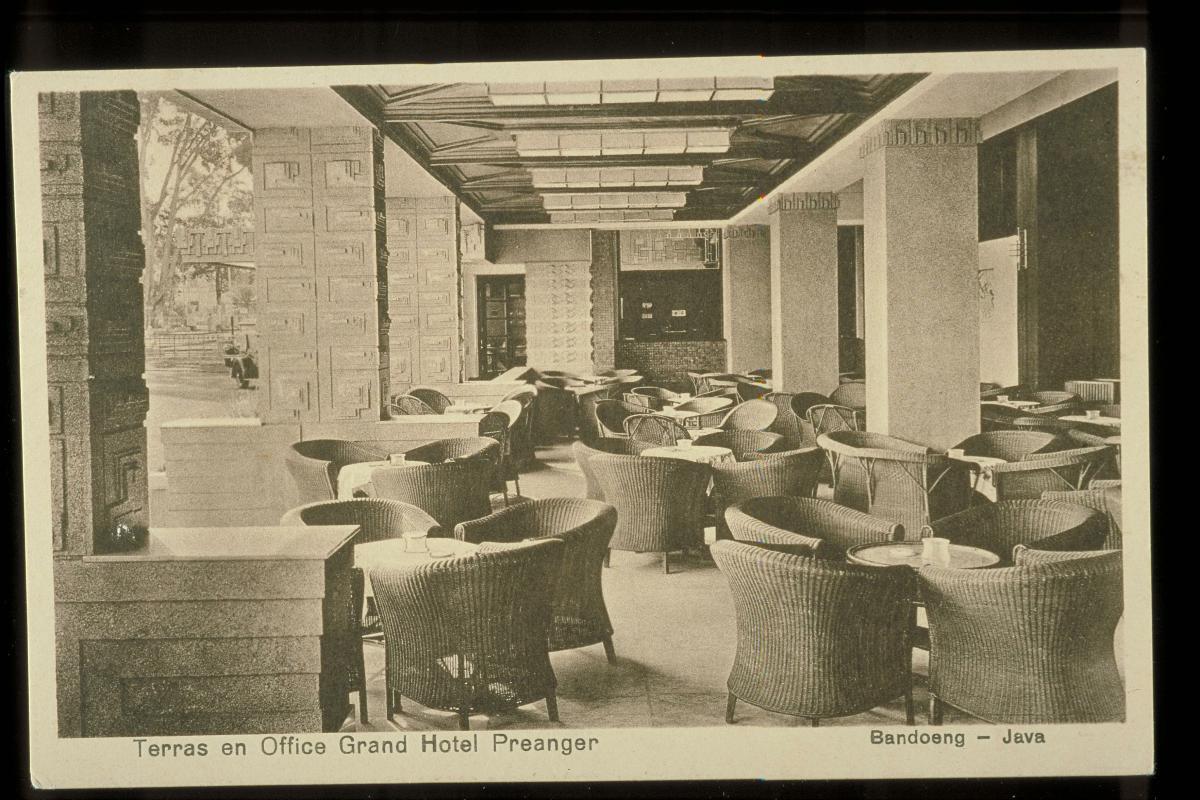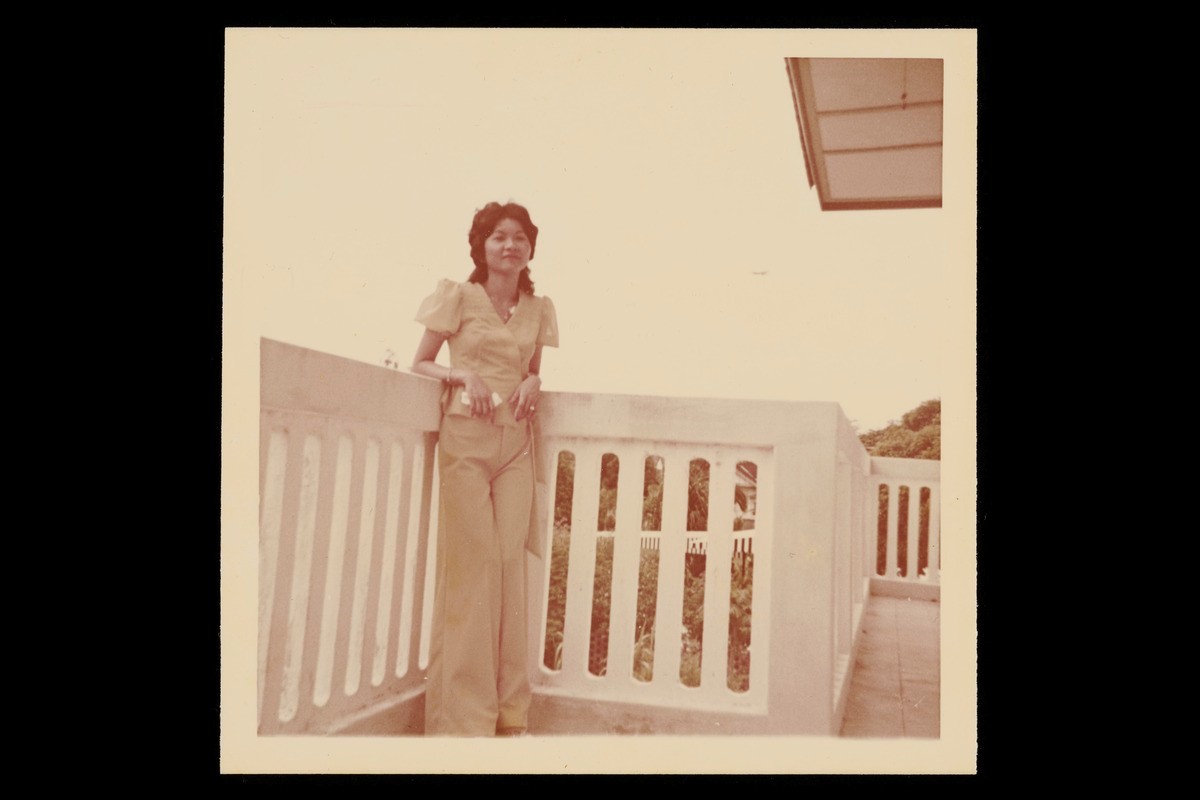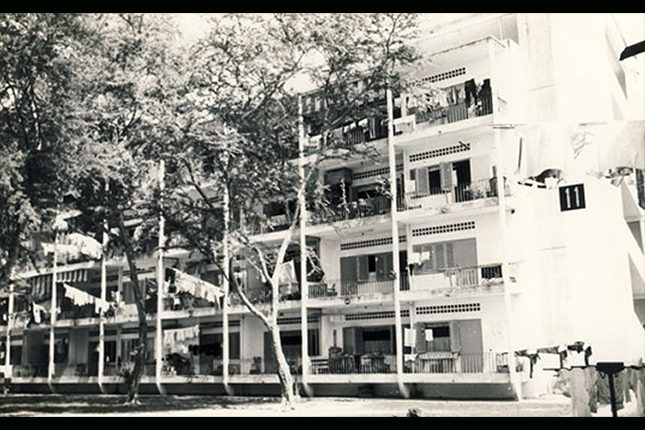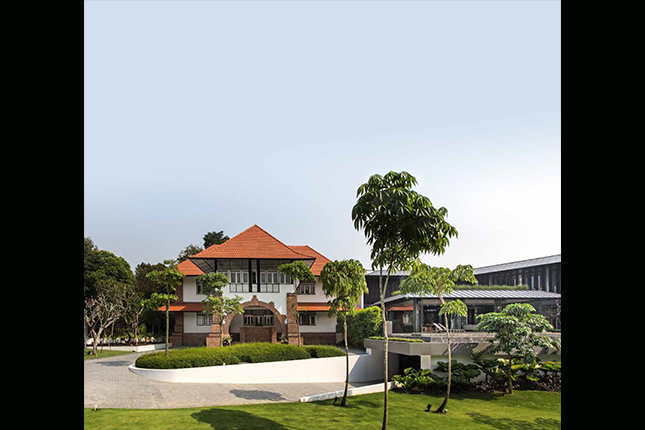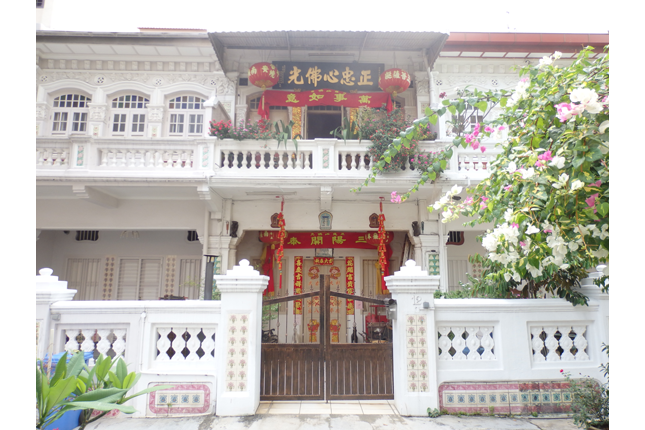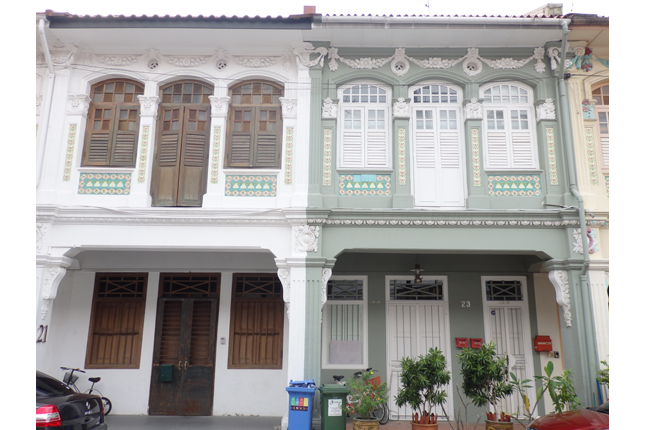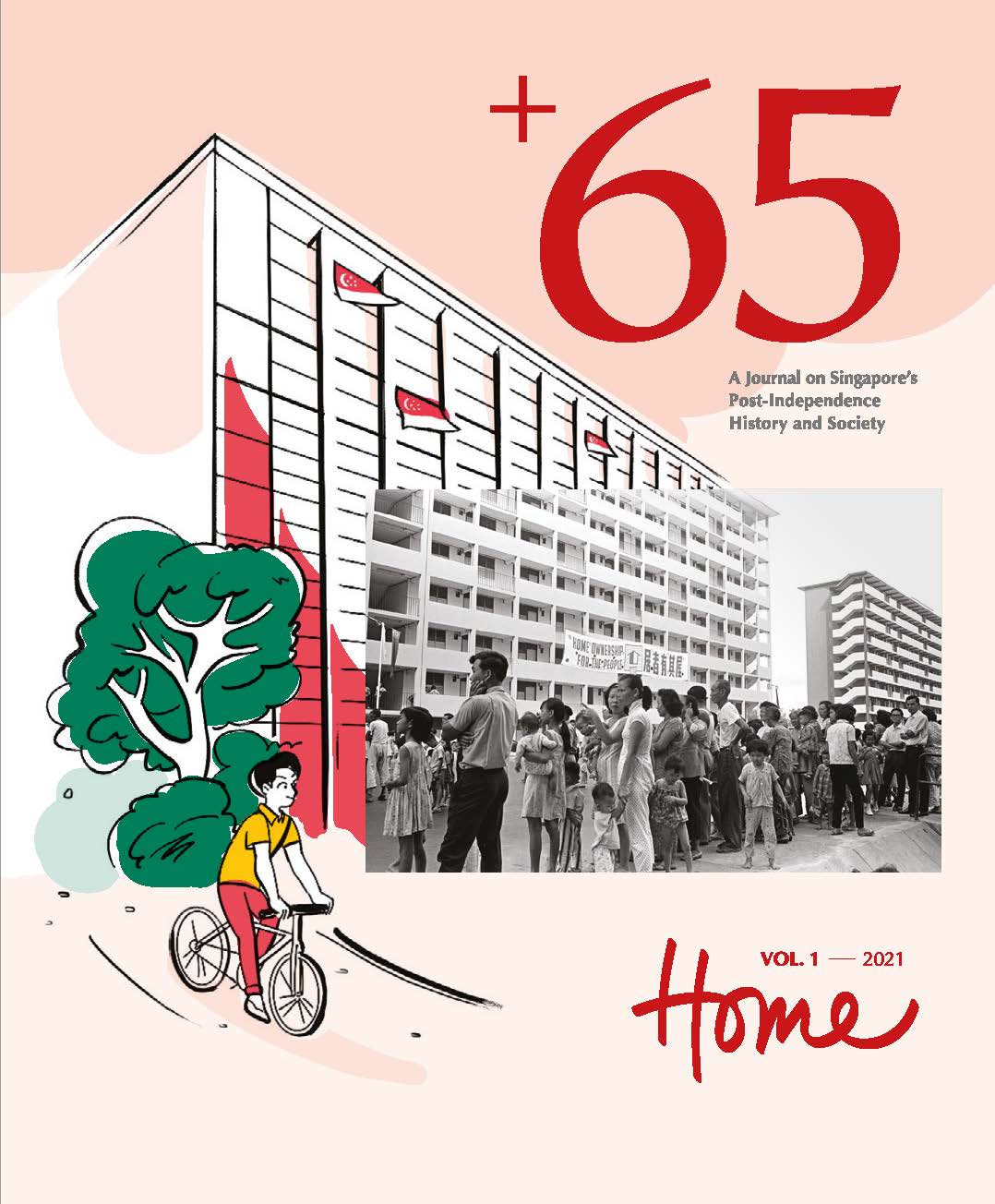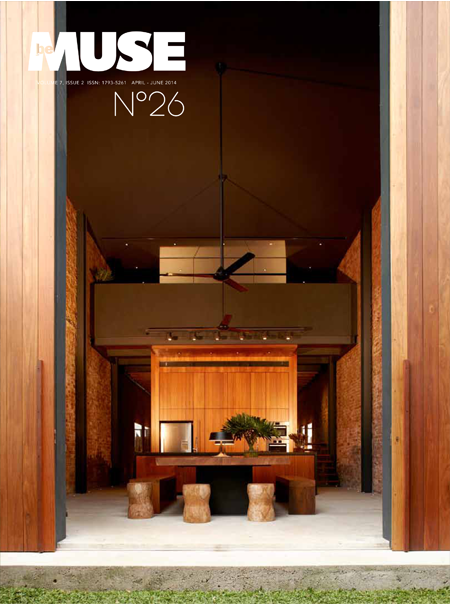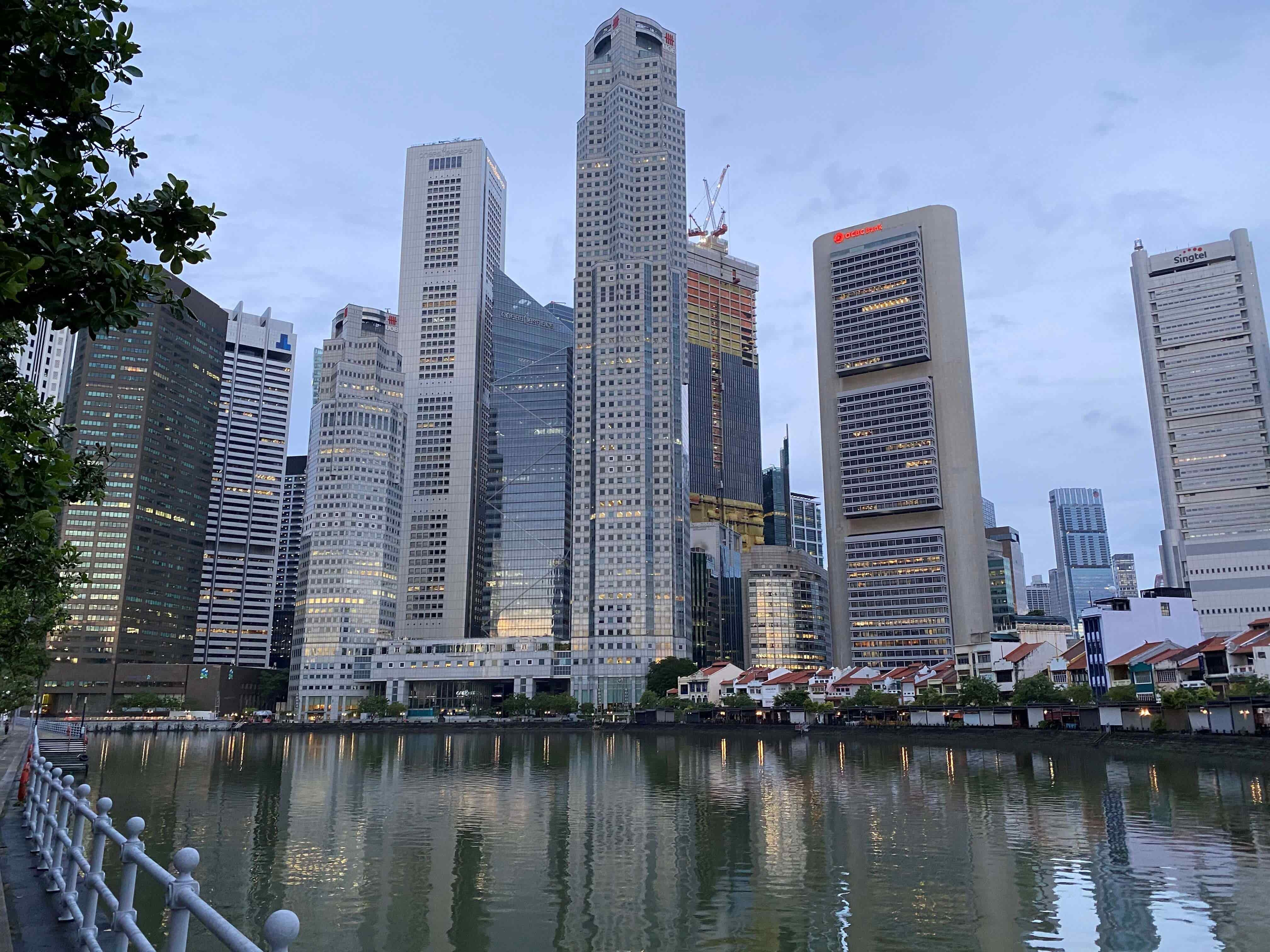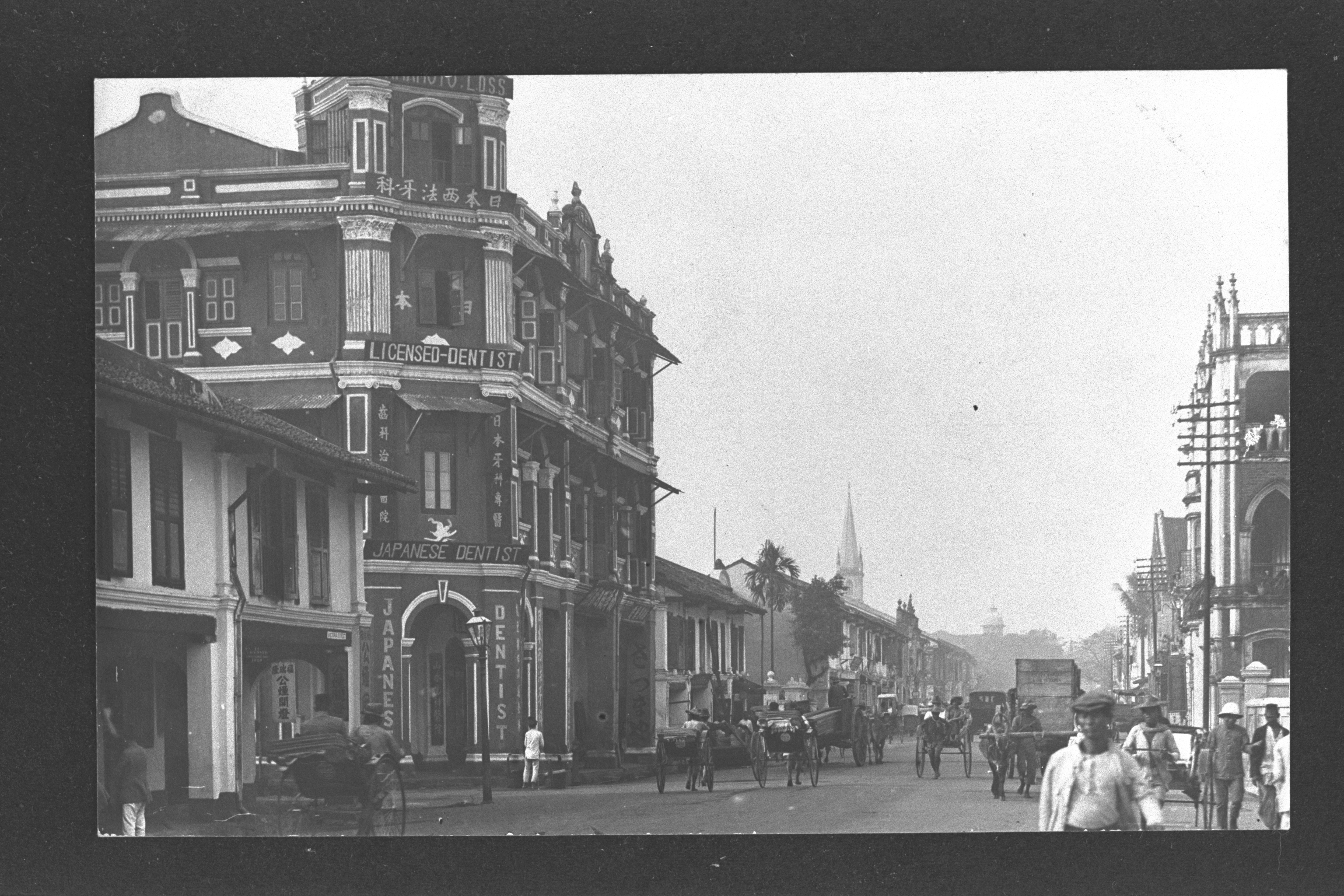Built between the 1920s and 1940s, these elegant terrace houses offer a glimpse of residential life in Balestier before the Japanese Occupation. The terrace houses are based on the traditional shophouse model, but unlike a shophouse, the ground floor is used for residential rather than commercial purposes. Each house is equipped with a small forecourt that sets it back from the road and features large windows and air vents for good ventilation.
During the 1950s, one of these houses (3 Martaban Road) was occupied by a Hakka association and a primary school. Next to it (1 Martaban Road) was a zhaitang (Buddhist vegetarian hall) called Happy Lotus , which served as a home for women who had no local kin. Further down, 13 Martaban Road was a dormitory for orderlies who worked at Tan Tock Seng Hospital.
After they were conserved in 2003, some of these terrace houses were restored and re-adapted for contemporary use. The unit at 13 Martaban Road was also conferred an Architectural Heritage Award in 2007 for the quality of its restoration. Today, these houses survive as examples of Balestier’s architectural diversity.
The roads at which these houses were built were named after places in Myanmar. Martaban Road was named in 1929 after a port (now Mottama) while Pegu Road was named in 1931 after Bago, a city near Yangon. Many other nearby roads, such as Irrawaddy Road and Akyab Road, also refer to places in Myanmar.
Other Suggested Short Trail Routes
- Historical Landmarks of Balestier, 1.7km: 45 min; on foot
- Building Balestier, 3km (4km including optional sites): 2 hours; on foot (2 hours including optional sides)
- Faith, Film and Food, 2.3km: 1 hour 30 min; on foot




